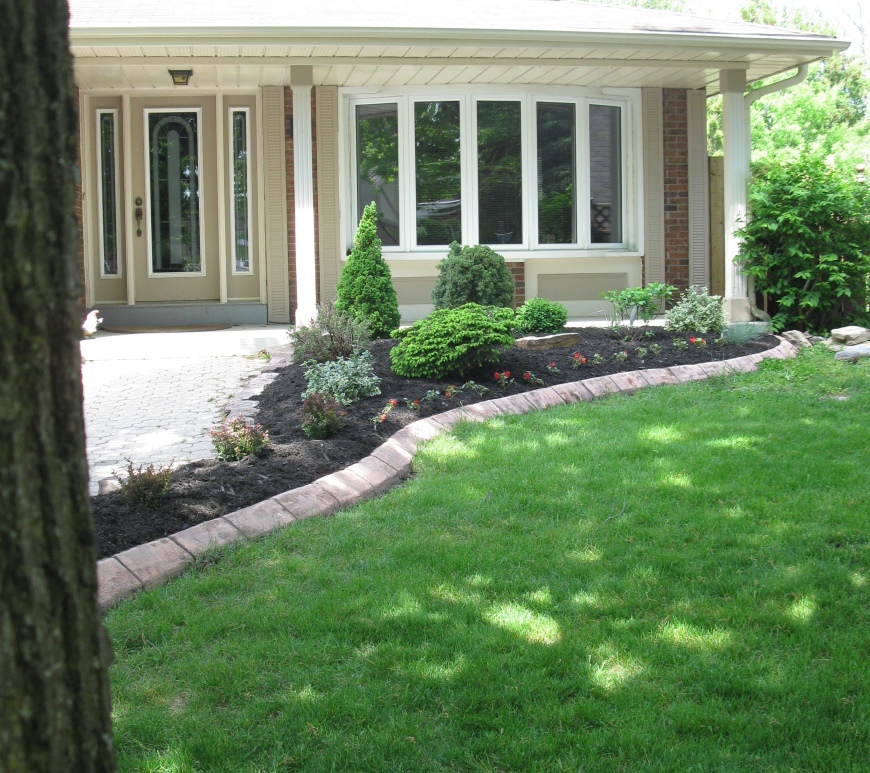
20 Common Summer Weeds In Ontario
This is a follow up post to my popular article 20 Common Spring Weeds in Ontario. There has been much interest out there for an expanded list of weeds. Following are 20 common summer weeds here in Ontario with photos, tips on how to identify them and how to control them. While there is plenty of overlap between spring, summer and fall weeds with some … Continue reading 20 Common Summer Weeds In Ontario









